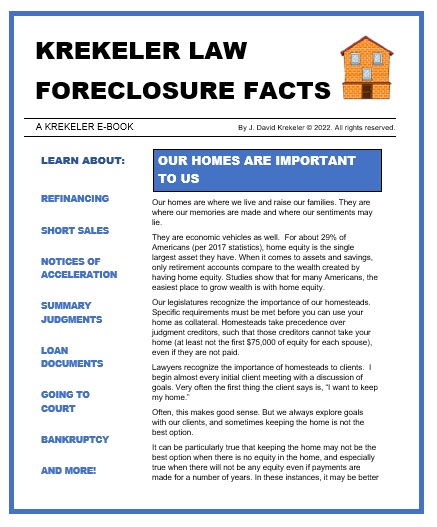Conversations with clients are easy when we are bringing good news. That news, like explaining how to solve problems or the strategies that will save a business, provides hope and comfort.
But we cannot succeed all the time. Delivering bad news is far more daunting than delivering hope or reporting on success.

I like to be direct. My approach is to state the issue and the expected outcome. For example, “We were looking into and researching whether or not your tax debt would be discharged if a bankruptcy was filed now. Unfortunately, the law appears to be fairly well-set the other way.”
Or, “We submitted our briefs and had our oral argument last month. The judge has now issued her decision, which is not in our favor.”
This message tells the client what we were talking about and how it turned out. We then move to the explanation.
We can explain a court’s rationale, or why our research led us to believe our position will not succeed. This discussion is made much easier if we previously had laid out the facts and risks in writing to the client (which is our standard policy).
Now the conversation moves to what effect the bad news has on our goals, and the options we have moving forward. It is not acceptable to simply state, “Here is your bad outcome. See you later.”
Our client has to go forward and there are almost always options for doing so. Often clients’ long-range goals can still be achieved. These options should be provided with timetables and budgets. We include any appropriate cost/benefit analysis and our recommendations, as well as the reasons for those recommendations.

I have seen far too many attorneys simply ask the client, “What do you want to do?” While it is certainly and ultimately the client’s decision, it is the duty of the lawyer to fully inform the client. I believe that includes “going out on a limb” and providing my recommendation. I always support that recommendation and the reasoning behind it. Then it is the client who gets to decide, not with only the facts, but with the reasoned opinion of his or her counsel.
And I am never afraid to put that opinion in writing. In fact, we require our attorneys to put things in writing. In doing so, we avoid misunderstandings and we provide the client with the opportunity to re-read and better ponder or consider his/her decision.
The actual delivery of bad news, though, should rarely be in writing. In-person meetings are usually better. Body language is an important means of communication, and I want to demonstrate empathy and my resolve to go forward for my client.
When in-person meetings are not possible, a personal telephone call or Zoom meeting is probably the next best alternative. Sending an email or letter is the least effective way of delivering bad news. That written confirmation should follow the actual conversation.

By following these processes, I have found that my clients know that we’re still partners.
Please share your own tips and thoughts on delivering bad news. That may be good news for all of us.

